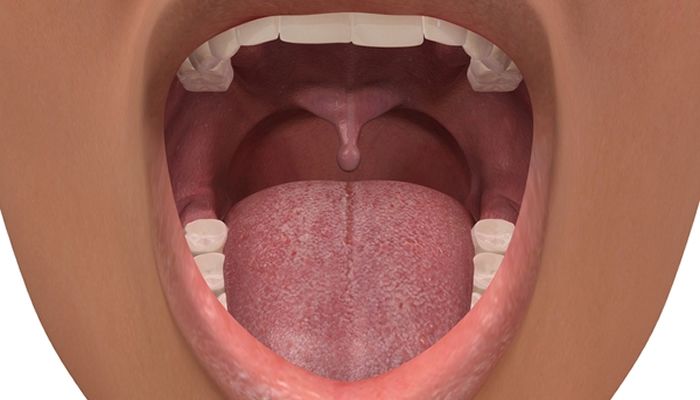
Salivary Gland Stones
Salivary gland stones, also referred to as sialolithiasis, are small masses of minerals that harden and crystallize in the salivary ducts that allow saliva to flow into the mouth. These calculi typically form in the submandibular glands situated on the floor of the mouth; however, they can also affect the sublingual glands under the tongue and the parotid glands on the inside of the cheeks. It is not uncommon for individuals to develop multiple salivary gland stones
Causes of Salivary Gland Stones
Salivary gland calculi occur when minerals, such as calcium carbonate and calcium phosphate, accumulate in the salivary gland ducts. Anything that causes a decrease in saliva production or thickened saliva can predispose a person to sialolithiasis. Frequent causes of salivary gland stones include:
- Poor diet
- Dehydration
- Medications, including certain antihistamines, blood pressure, psychiatric, and bladder control drugs
- Trauma involving the salivary glands
- Autoimmune conditions, including Sjogren’s syndrome and lupus
Symptoms of Salivary Gland Stones
Initially, the stones may not cause any symptoms. As the stones increase in size, they can block the duct and allow saliva to back up into the gland. This can cause a variety of symptoms, including:
- Pain in the mouth, face, or neck that is worse just before or after eating.
- Swelling of the face, mouth, or neck.
- Difficulty swallowing or opening the mouth.
- Dry mouth.
The buildup of saliva can lead to a bacterial infection, which can cause redness at the affected area, fever, and a persistent foul taste in the mouth.
Diagnosing Salivary Gland Stones
It is important to consult an otolaryngologist if you suspect you have sialolithiasis. The doctor will start with a physical examination to check for evidence of swollen salivary glands indicating a possible stone. In addition, the doctor may order imaging tests, including an ultrasound, X-rays, or a CT for a more definitive diagnosis.
Current Treatments for Salivary Gland Stones
In the case of small stones, drinking lots of fluids, sucking on sour candies or massage may help dislodge the calculi. Larger stones may require surgical removal. A minimally invasive procedure called sialendoscopy uses a small lighted scope inserted into the opening of the gland to locate and extract the stone. This procedure is performed using only local or light anesthesia, and the patient is allowed to go home following the procedure.
In instances where an individual has recurrent stones or there is damage to the salivary glands, the doctor may recommend that the salivary gland be surgically removed. If the salivary glands have become infected, the doctor may also prescribe a course of antibiotics.
Preventing Salivary Gland Stones
Individuals prone to dry mouth or thickened saliva can take steps to decrease their risk of developing sialolithiasis. They should start by ensuring they stay hydrated by drinking approximately six to eight glasses of water each day. Sucking on sour candies can also help stimulate saliva production. Salagen and other salivary stimulants may also be beneficial.

